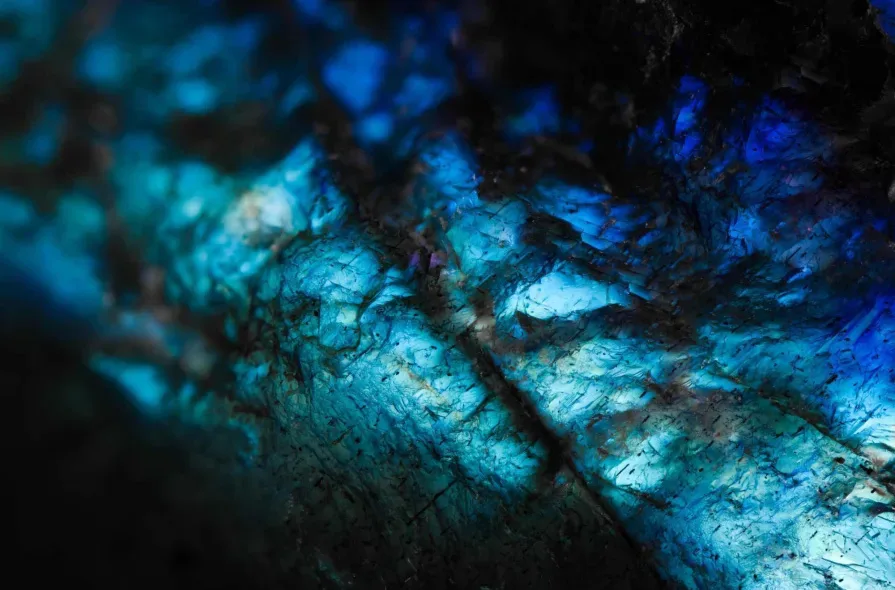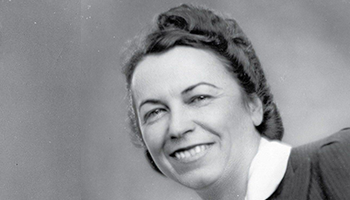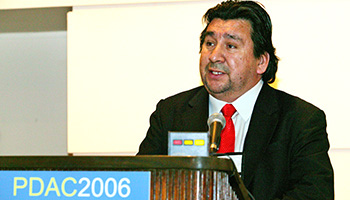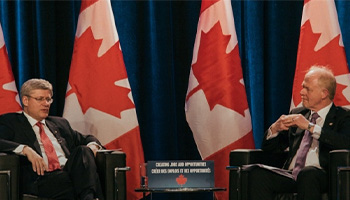1932

Early on in the Great Depression, Walter Segsworth, a mining engineer, calls a meeting at the King Edward Hotel in Toronto to fight a proposed Engineers Bill put forth by the Ontario government that would require prospectors filing a work assessment to have the report signed by a mining engineer. They raise $168.45 and go on to lobby government. The bill is never passed.
1933

The name of the association is changed to the Ontario Prospectors and Developers Association (OPDA). Membership swells to 900. No fee is required and throughout the 1930s annual meetings are held in the Oak Room at the King Edward Hotel. The meetings are followed by dinner ($1.25 per person) and dancing.
1938
The association fights and defeats Section 32-B of the Income Tax Act that would treat all prospectors’ equity in a property as income and taxable immediately along with any shares the person might receive.






























